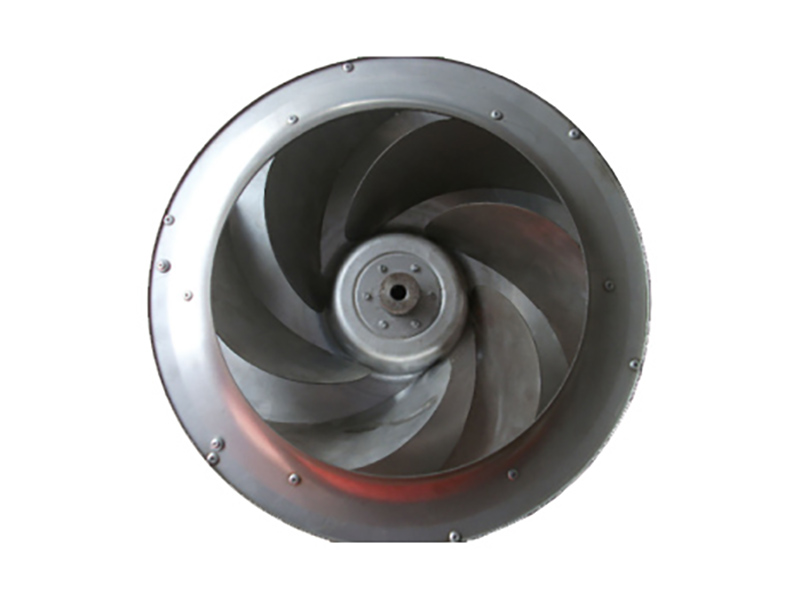The aerospace and defence industry continues to be a hotbed of innovation, with activity driven by the need to lower operational costs, larger consumer trends, and electrification, and growing importance of technologies such as hydrogen and electric aircraft and advanced materials. In the last three years alone, there have been over 174,000 patents filed and granted in the aerospace and defence industry, according to GlobalData’s report on Environment Sustainability in Aerospace, Defence & Security: Gas turbine engine airfoils.
However, not all innovations are equal and nor do they follow a constant upward trend. Instead, their evolution takes the form of an S-shaped curve that reflects their typical lifecycle from early emergence to accelerating adoption, before finally stabilising and reaching maturity. Largest Wind Turbine Blade

Identifying where a particular innovation is on this journey, especially those that are in the emerging and accelerating stages, is essential for understanding their current level of adoption and the likely future trajectory and impact they will have.
180+ innovations will shape the aerospace and defence industry
According to GlobalData’s Technology Foresights, which plots the S-curve for the aerospace and defence industry using innovation intensity models built on over 262,000 patents, there are 180+ innovation areas that will shape the future of the industry.
Within the emerging innovation stage, hydrogen fuel cells, aircraft powertrain control, and fuel cells for aircraft are disruptive technologies that are in the early stages of application and should be tracked closely. EV charging stations, battery management systems, and electric aircraft charging interfaces are some of the accelerating innovation areas, where adoption has been steadily increasing. Among maturing innovation areas are fuselage frame modelling and powered wheels for aircraft landing, which are now well established in the industry.
Innovation S-curve for environmental sustainability in the aerospace and defence industry
Gas turbine engine airfoils is a key innovation area in environmental sustainability
A turbine blade for a gas turbine engine includes an airfoil including leading and trailing edges joined by spaced pressure and suction sides to provide an outer airfoil surface that extends radially from a platform to a tip.
GlobalData’s analysis also uncovers the companies at the forefront of each innovation area and assesses the potential reach and impact of their patenting activity across different applications and geographies. According to GlobalData, there are 20+ companies, spanning technology vendors, established aerospace and defence companies, and up-and-coming start-ups engaged in the development and application of gas turbine engine airfoils.
Key players in gas turbine engine airfoils – a disruptive innovation in the aerospace and defence industry
‘Application diversity’ measures the number of different applications identified for each relevant patent and broadly splits companies into either ‘niche’ or ‘diversified’ innovators.
‘Geographic reach’ refers to the number of different countries each relevant patent is registered in and reflects the breadth of geographic application intended, ranging from ‘global’ to ‘local’.
Safran is the leading patent filer in gas turbine engine airfoils. Airfoils are an essential component of gas turbine engines, driving air into the compressor within the engine. The company has been investing in deploying novel technologies in the development and manufacture of airfoils in order to improve the efficiency of the overall engine. For instance, in the LEAP-1B engine developed by CFM International (a joint venture between Safran and GE Aviation ) the airfoils are machined from a titanium-aluminide alloy, making them lighter and more resistant to high temperatures. Other key patent filers include Raytheon Technologies , Rolls-Royce, Airbus , and Textron .
In terms of application diversity, Whitcraft leads the way among aerospace and defence companies, followed by Textron and Lockheed Martin . Regarding geographic reach, Textron held the top position, with Safran and Boeing trailing in second and third, respectively.
Gas turbine engine airfoils are an essential component of conventional aircraft engines. In order to proceed towards a net-zero green aviation market, it is necessary that a range of novel technologies such as hydrogen and electric propulsion are taken up by the industry. However, incremental improvements to existing technologies, such as engine airfoils, can also deliver emission cutting results and must continue to be developed alongside flashier green aviation choices.
To further understand the key themes and technologies disrupting the aerospace and defence industry, access GlobalData’s latest thematic research report on Defence.
Get industry leading news, data and analysis delivered to your inbox
GlobalData, the leading provider of industry intelligence, provided the underlying data, research, and analysis used to produce this article.
GlobalData’s Patent Analytics tracks patent filings and grants from official offices around the world. Textual analysis and official patent classifications are used to group patents into key thematic areas and link them to specific companies across the world’s largest industries.

Blade Trinity Cast The leading site for news and procurement in the military aerospace industry